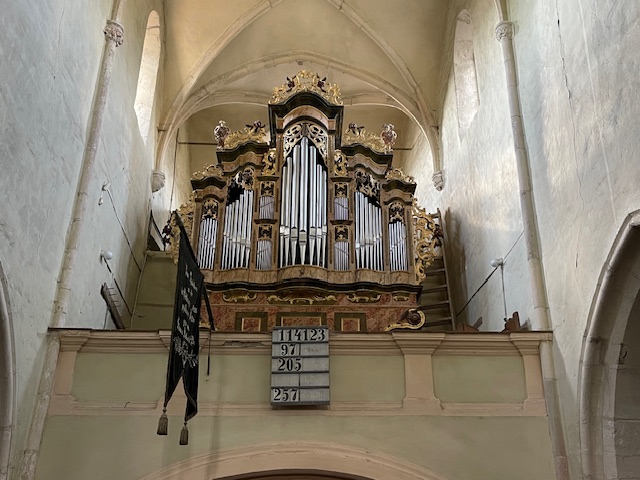History of Richiș
The Lasting Heritage
The village of Richis, Romania-Rechesdref in Saxon dialect, Reichesdorf in German and Riomfalva in Hungarian, is located in the heart of Transylvania, close to the medieval towns of Sighisoara and Medias. Transylvania is translated to ‘Beyond the Forest’, having a lengthy history of being part of many empires including the Ottoman Empire, Hungarian Empire and Romanian Empire.
Transylvania is not only a Historical Region… it is a way of Life.
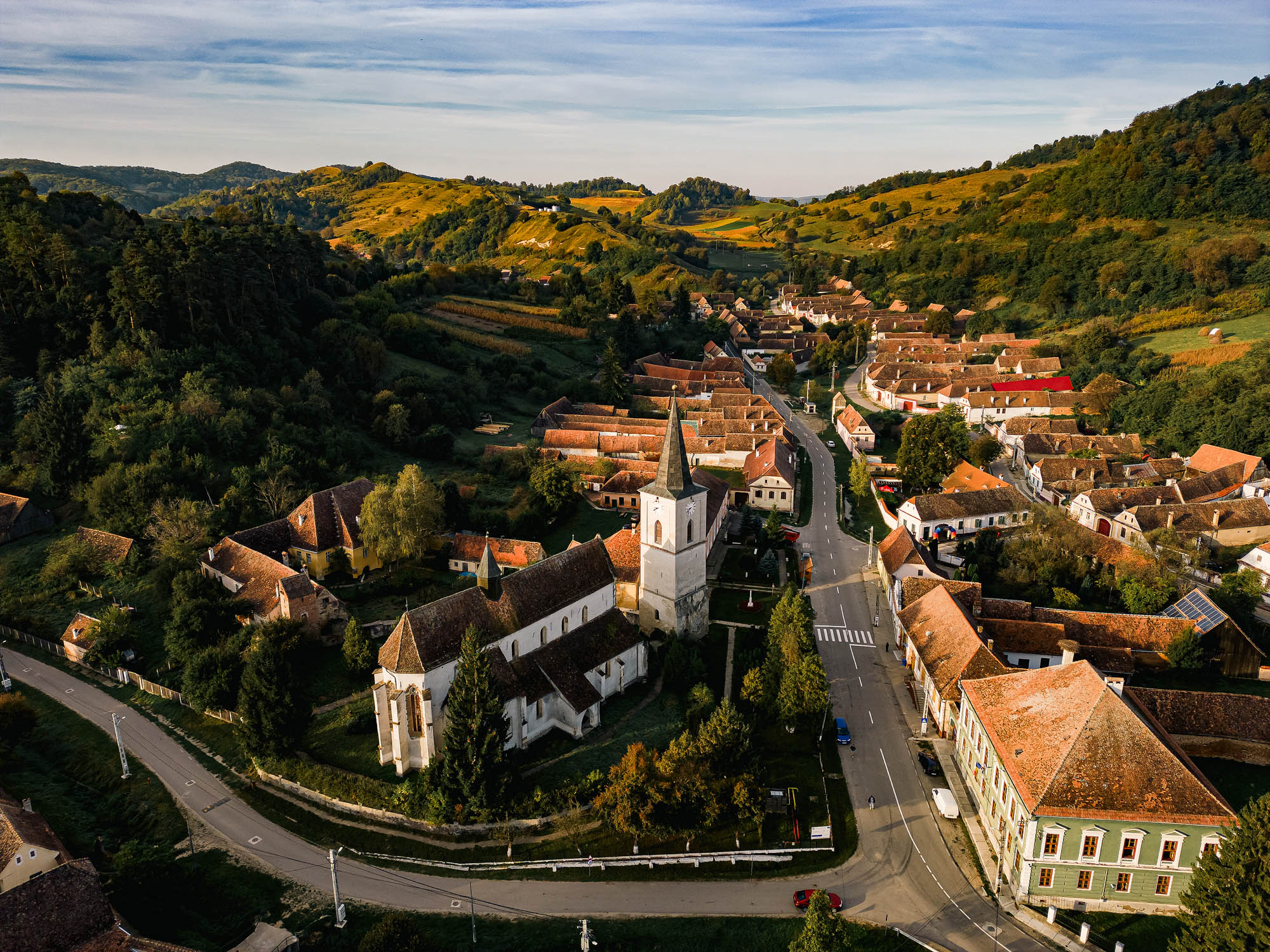
In the period between the 12th and 16th centuries, although Transylvania is still the scene of many bellicose confrontation and in spite of the political and military context in which the population is forced to survive, this region experiences a cultural, religious and architectural evolution. Thus, by building and rebuilding fortresses and fortified churches shaped on the Saxon model used more than a millennium ago by King Alfred the Great against the Vikings, the Saxons defend their lives and the lands of Transylvania, without knowing what inheritance they would leave to the world. These fortresses were actually castles, churches or even cities surrounded by walls of defence against external attacks.
Known as the Fortified Churches of Transylvania, more than 300 similar fortresses still survive in the Carpathian bosom of Transylvania. Seven of the villages where these fortresses are situated are part of the Unesco world heritage. (www.whc.unesco.org)
Transylvania offers peace and tranquility as you walk throughout the surrounding meadows, the village of Richiș and the neighboring villages.
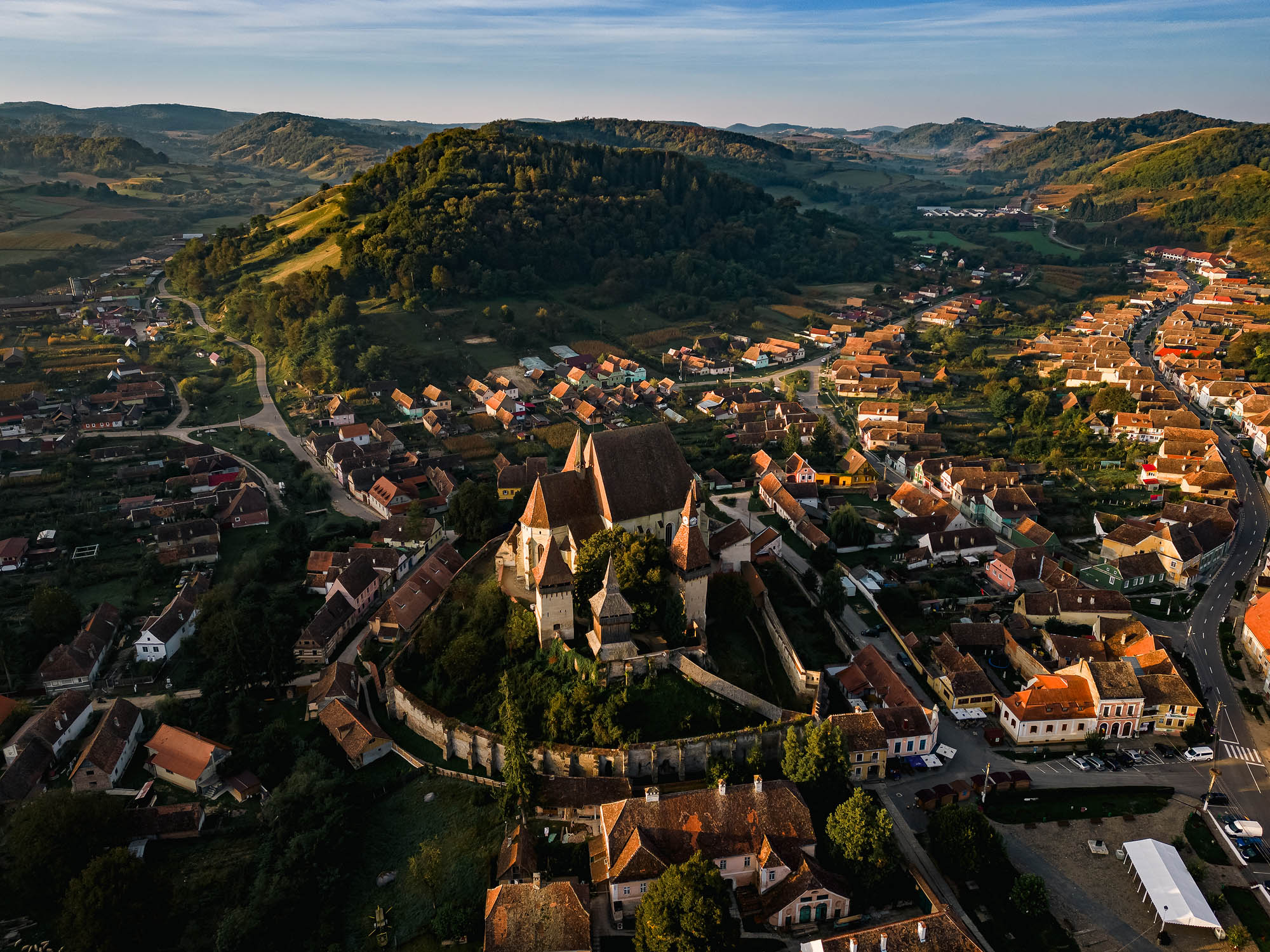
Siebenburgen And Its Urban Treasures
Enjoying a high level of autonomy in exchange of the duty to defend the Transylvanian region, the Saxons organized and created SEVEN seats or administrative units, what would become the seat of Siebenburgen. In literal translation, Siebenburgen means The SEVEN cities, but historians are still debating on the meaning of this word, many considering it to be the German translation of the name Transylvania. However, generically, Siebenburgen is represented by SEVEN Saxon cities, the SEVEN historical urban treasures: Sebeş (according to some sources, Orăştie), Sibiu, Mediaş, Sighişoara, Braşov, Bistriţa and Cluj-Napoca.
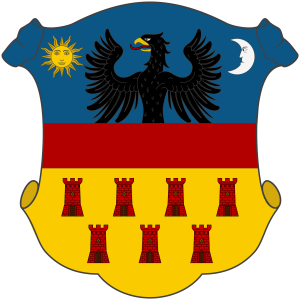
A black eagle or Turul facing Dexter, sun, with a gold bill & red tongue representing the Hungarian nobles, The Sun, Dexter, and the crescent Moon representing the Szeklers. Seven red towers with black doors representing the seven fortified cities (fortresses) of the Transylvania Saxons.
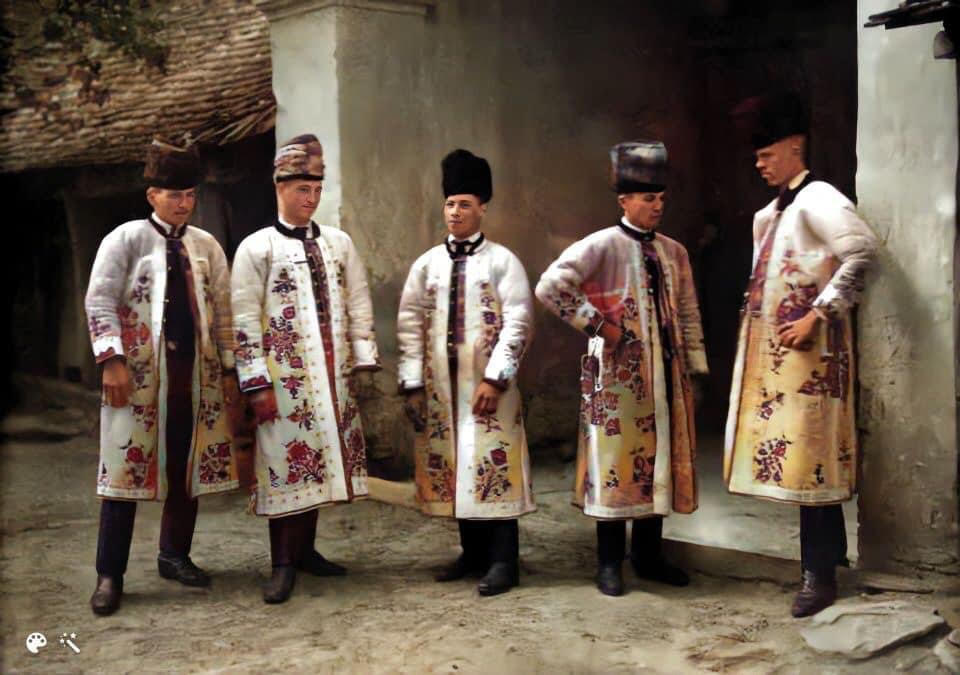
What Is The Present Lure Of This Circle Of Transylvanian Boroughs?
From the invitation of getting acquainted with the history of the places, of the museums with archaeological, ethnographic collections, heritage pieces from the life of the community, to churches with bells cast on the same spot for centuries, fortresses or castles with centuries-old mural paintings, furniture, altars and fascinating unmodified church organs.
